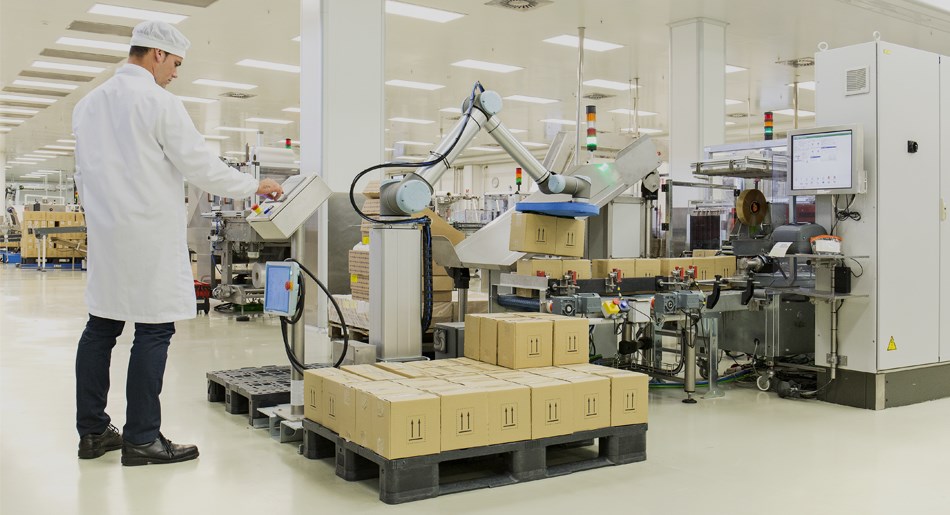Collaborative robotics is constantly evolving, offering immense potential to revolutionize the manufacturing industry. These technological advancements raise many questions: to what extent can recent progress in collaborative robotics truly be successfully integrated into the industry?
Keys to Successful Integration
In this article, we will closely examine the synergy between collaborative robotics and the industry, highlighting the key points to consider for successful integration.
Alignment of Research Projects with Industry Needs
Technological advancements from research centers have substantial potential to address the needs of the manufacturing industry. For example, recent developments in perception (vision and force control) and robot motion management have paved the way for applications such as bin picking. It is crucial for researchers and manufacturers to collaborate closely to maximize these opportunities.
Engage Manufacturing Users Early On
Experience has shown that collaborative robotics projects are more successful when there is close collaboration with manufacturing users who will use the technology. Involving the user throughout the research process ensures a better understanding of manufacturing reality and the potential impact of the technology. On the contrary, developing prototypes for sale can lead to integration difficulties due to a lack of knowledge and sensitivity to the needs of end users. Effectively managing user expectations is essential for successful integration.
Feasibility Assessment and Application Simplification
The realization of a collaborative robotics project depends on several factors. First, it is essential to clearly define the project's objective, understand the problem to be solved, and assess the benefits and challenges. Next, assessing the feasibility of the application using collaborative robotics is crucial. Simplifying the application can expedite integration and improve return on investment. Rather than aiming for a turnkey solution, a continuous improvement approach is advisable.
Reliability, Cost-Effectiveness, and Adaptability
Finally, the implementation of advances in collaborative robotics in the industry depends on the reliability of systems, their cost-effectiveness, and their ability to meet the specific needs of the industry. Systems must be able to operate stably and error-free to be considered a viable option. Moreover, they must demonstrate a significant return on investment to justify their adoption. Lastly, they must be adaptable enough to align with the evolving needs of the industry.
The Future of the Manufacturing Industry
Collaborative robotics offers immense potential to transform the manufacturing industry, but its realization depends on collaboration among researchers, manufacturers, and end users. By aligning research projects with industry needs, involving users closely from the outset, simplifying applications, and ensuring the reliability, cost-effectiveness, and adaptability of systems, we can fully harness the possibilities offered by collaborative robotics.
If you're ready to take the leap into collaborative robotics, don't hesitate to contact one of our experts today to discuss your specific needs.

